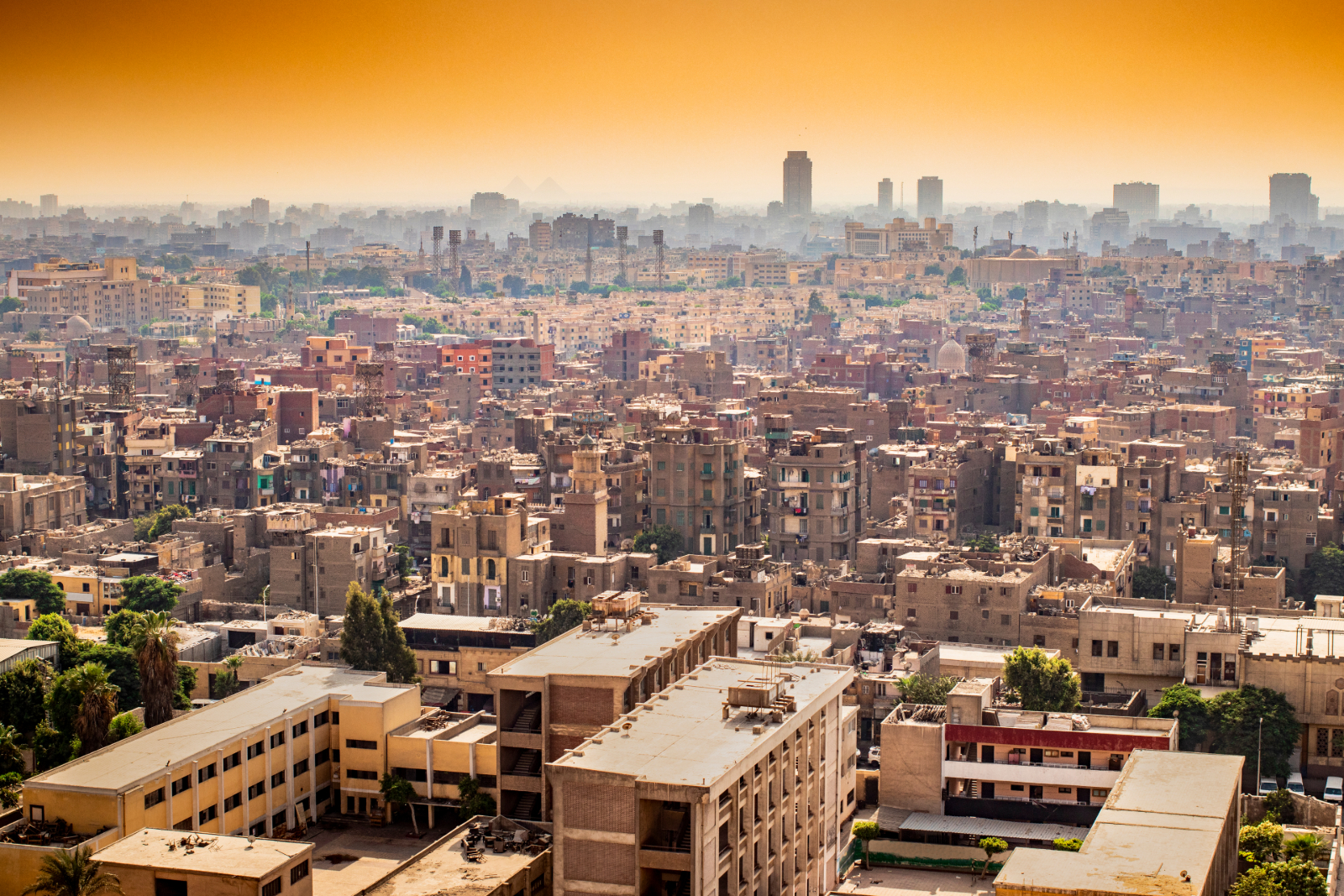A look at the migrant demographic in Egypt

Egypt’s migrant numbers have grown nearly 50% in the past three years: Egypt is home to some 9 mn migrants, most of whom fled from conflict in their home countries, according to an International Organization for Migration (IOM) report (pdf). That figure indicates that migrants comprise some 8.7% of the Egyptian population and shows that the number of migrants living in Egypt has gone up 43% from the organization’s previous survey in 2019 which saw the number of migrants living in the country at the time at 6.3 mn.
There’s also an important distinction to be made here: Only 3% of that 9 mn figure are registered UNHCR refugees and asylum seekers.
Most migrants in Egypt are from neighboring countries in the region: Sudanese migrants constitute the majority of this demographic, with 4 mn people of Sudanese origin living in Egypt. Syrians living in Egypt are about 1.5 mn strong, while Yemenis and Libyans residing here are about 1 mn each. Collectively, citizens from these four countries make up 80% of the migrant population in Egypt.
They’re fairly young and mostly in urban areas: The average age of migrants in Egypt is about 35 years old and over a third of the population resides in urban governorates. About 56% of the total migrant population lives between Cairo, Giza, Alexandria, Damietta and Dakahlia. The remaining 44% are scattered across 15 governorates that include Assiut, Aswan, Marsa Matrouh, Port Said, Qena and the Red Sea Governorate.
Conflict in the region is a primary driver of migration: War and political conflict in the region in the past decade are the main factors behind the uptick in migrants residing in Egypt since 2019. “Positive discourse towards migrants,” and the provision of some social services are also factors the report suggests is contributing to the uptick in the number of people finding home in Egypt.
Work and education are the two main reasons people are migrating from neighboring countries: Some 36% of migrants are here seeking work, while 26% are here for higher education, combined that’s about two-thirds of the entire migrant population, the report finds. Some 16% are here seeking asylum and those looking for medical care and marriages make up 10% of the overall group.
Most migrants find temporary homes in Egypt for a little over a decade: Some 60% of migrants living in Egypt have been residing here for over 10 years and 6% have been here for at least 15 — which the IOM considers to be an indication of being “well integrated,” into Egyptian society. But overall, 94% of migrants coming through Egypt spend less than 15 years living in the country.
Drivers of economic activity: At least one third of the country’s migrant population have found stable forms of employment or have started their own businesses, the report finds. Syrians for example, are one group the report singles out as significant contributors to the country’s economy. Some 30K Syrian investors are responsible for investments worth up to USD 1 bn.
But many are still struggling to get by here: Some 15% of migrants here are considered “vulnerable” or “persons of concern,” who would greatly benefit from more public assistance, the report says. This could be in the form of cash stipends, housing subsidies, food, education and healthcare, the report explains. Syrians and people from Sudan and sub-Saharan Africa are the populations of most concern to the UNHCR’s office in Egypt. Migrants living in Egypt, especially those who are black, often face abuse as well as steep social and legal challenges.